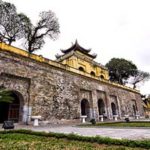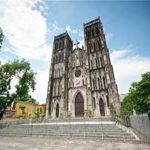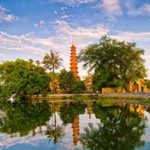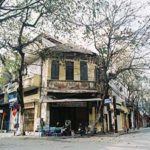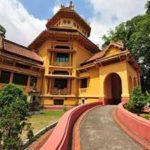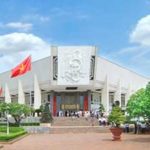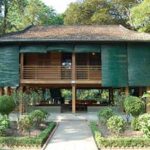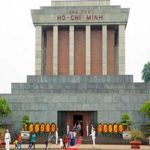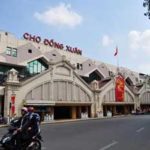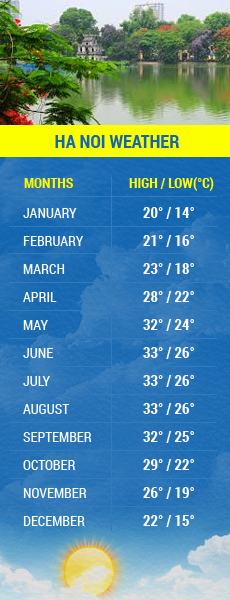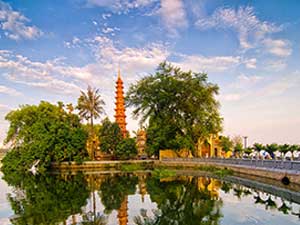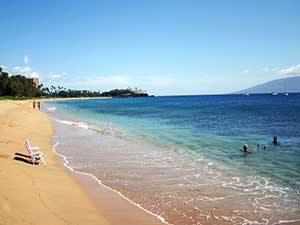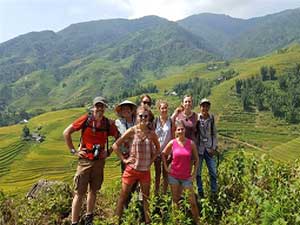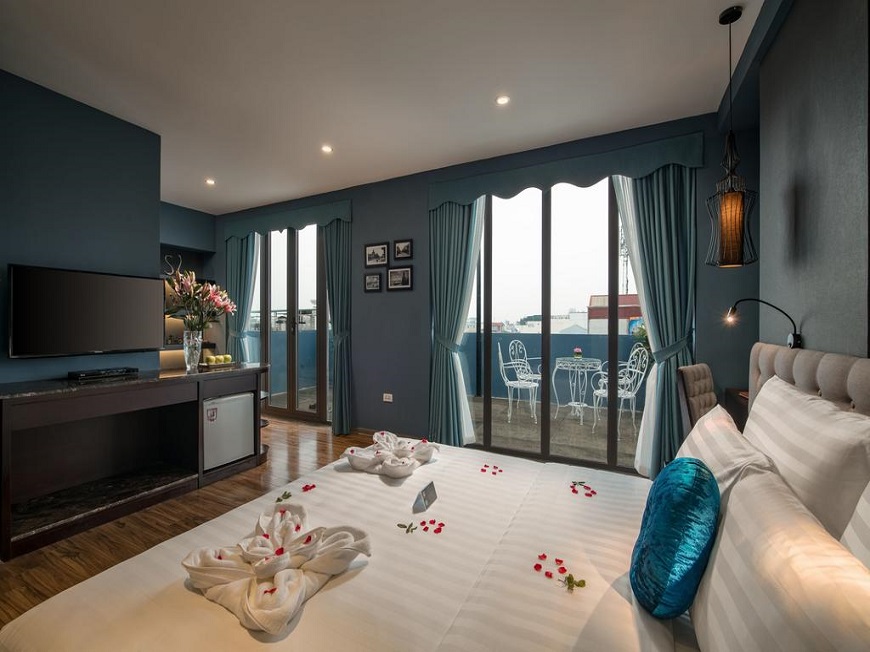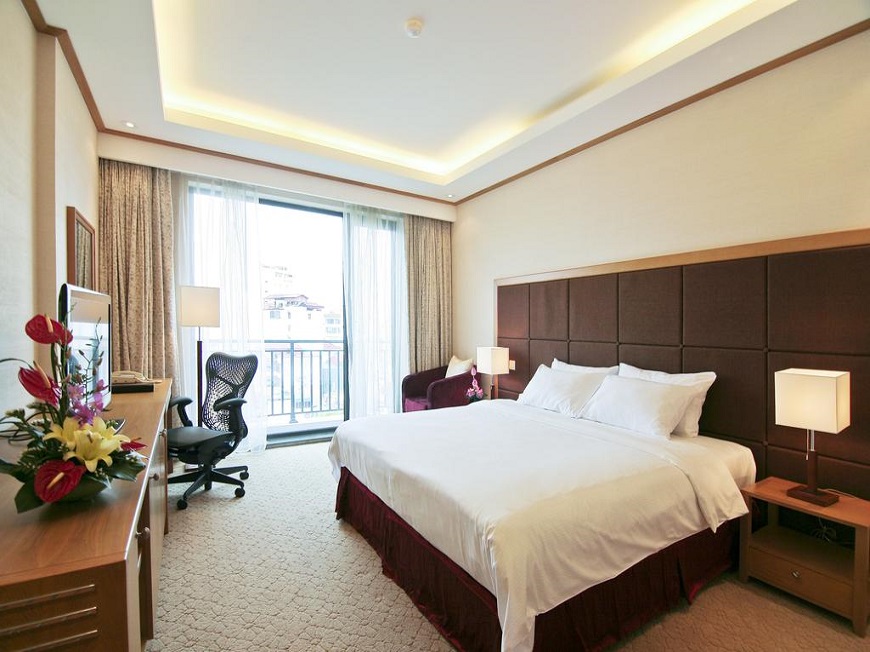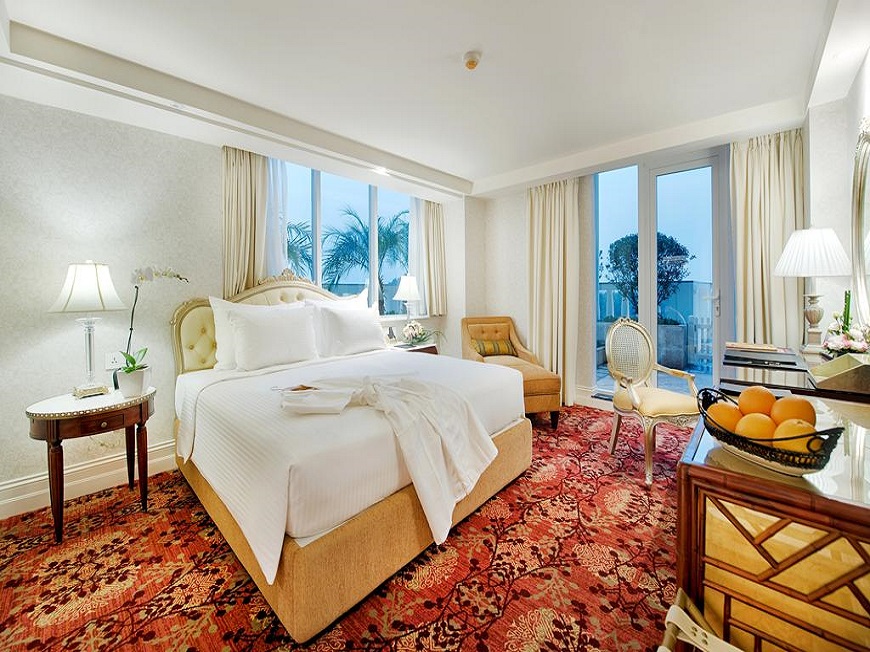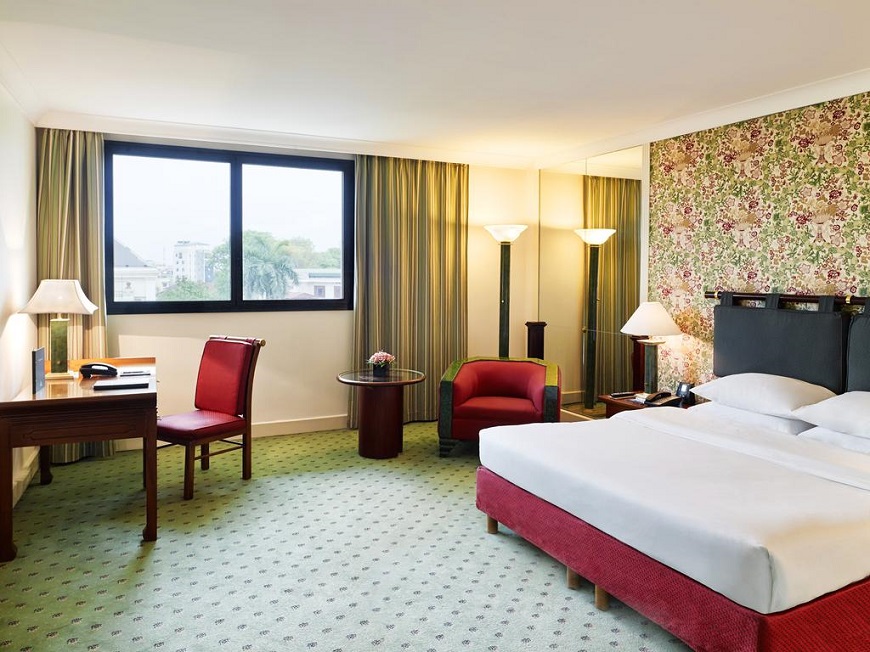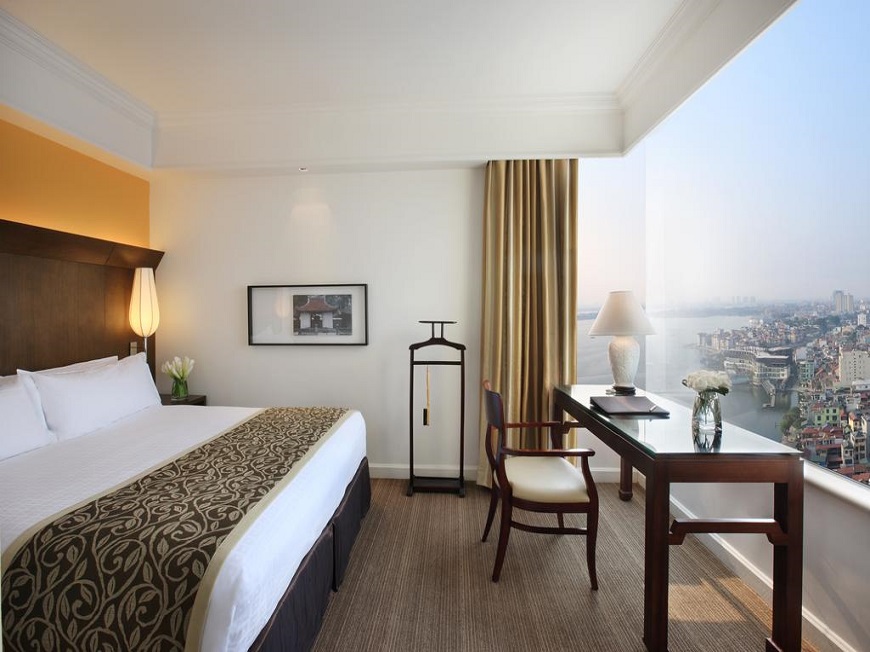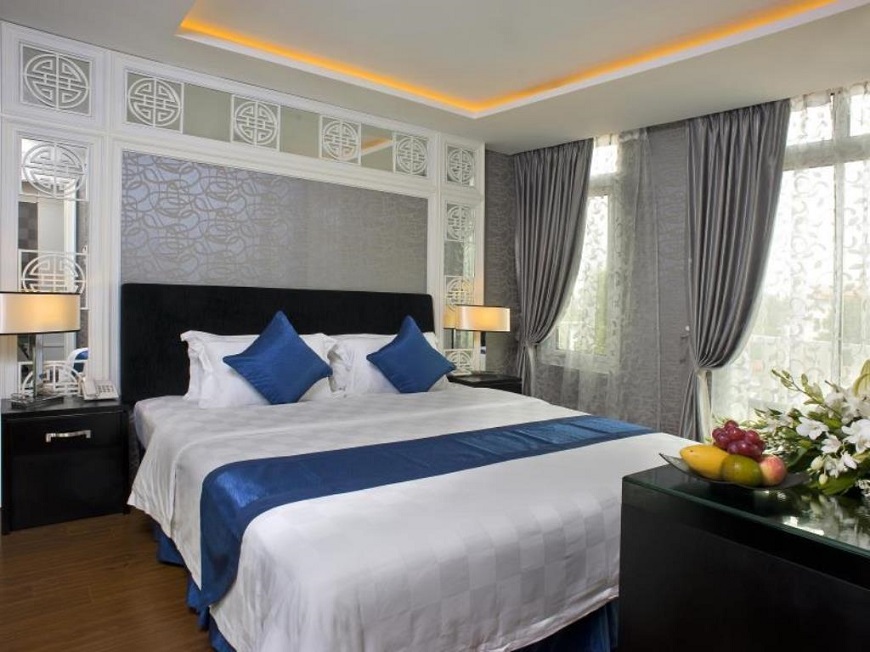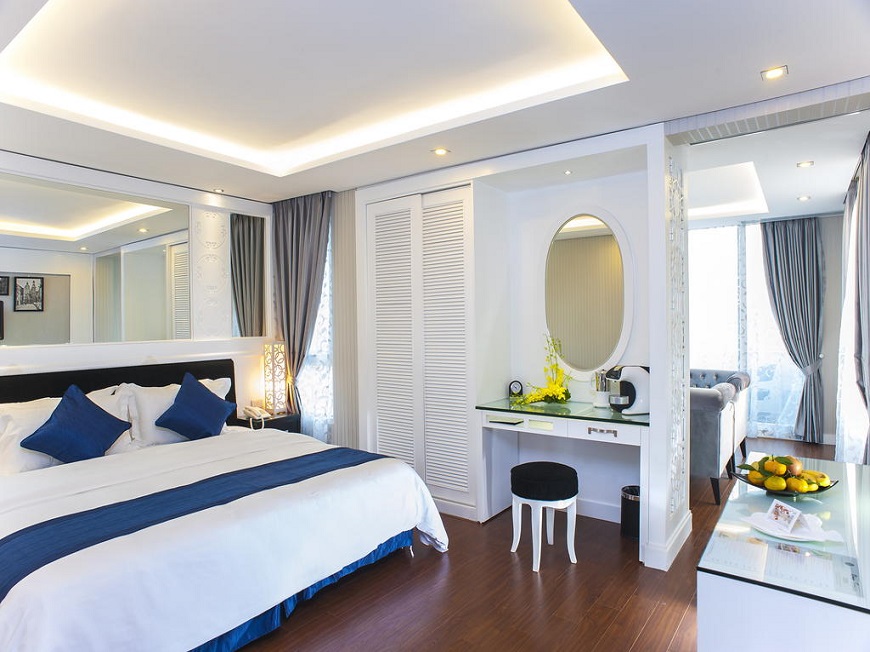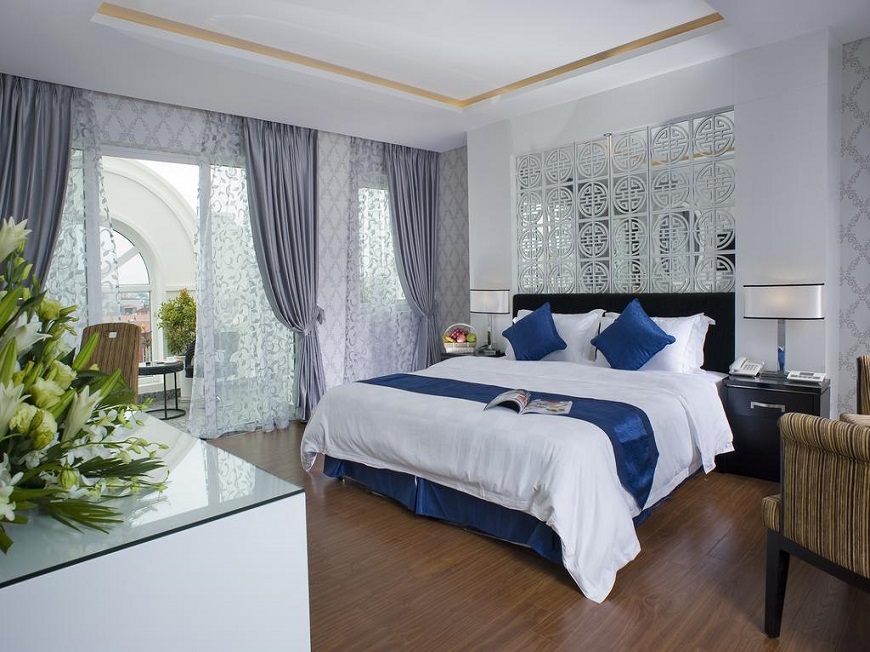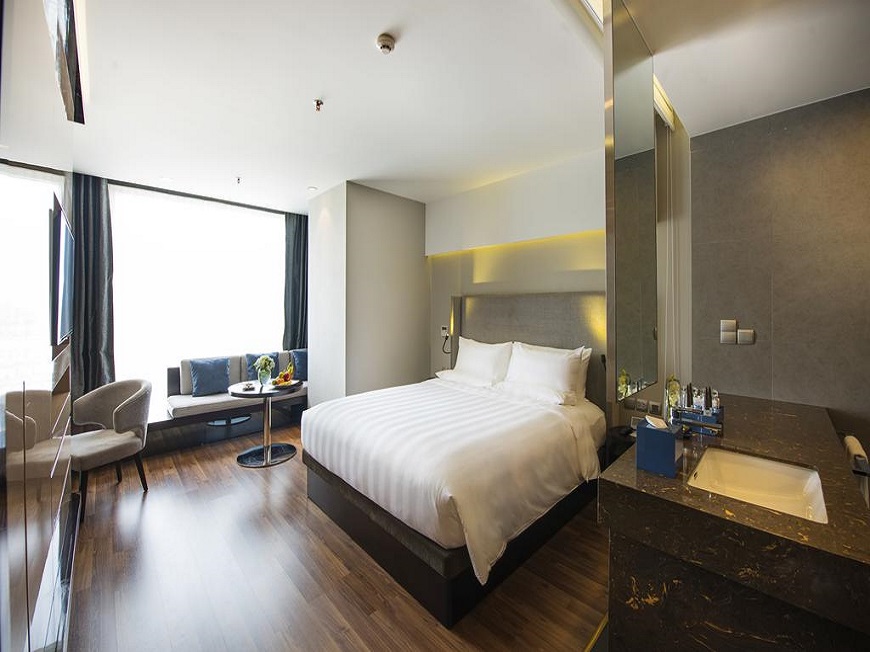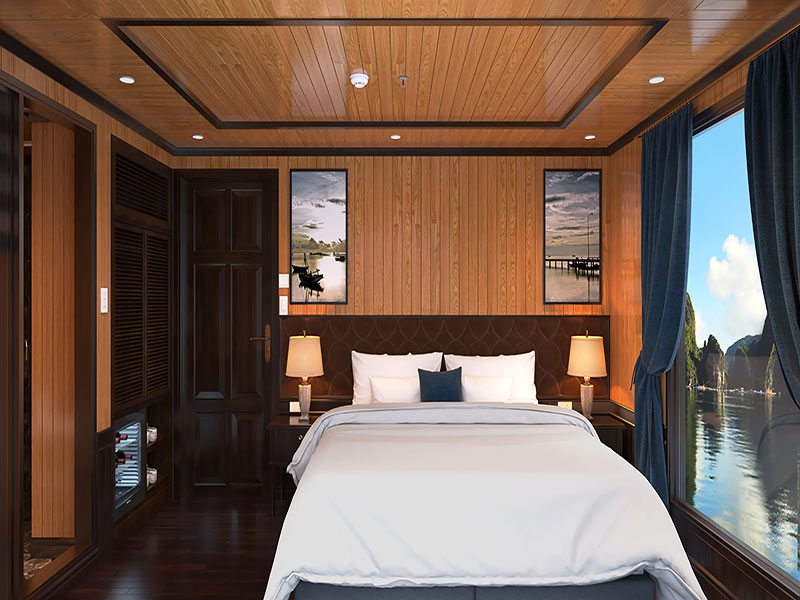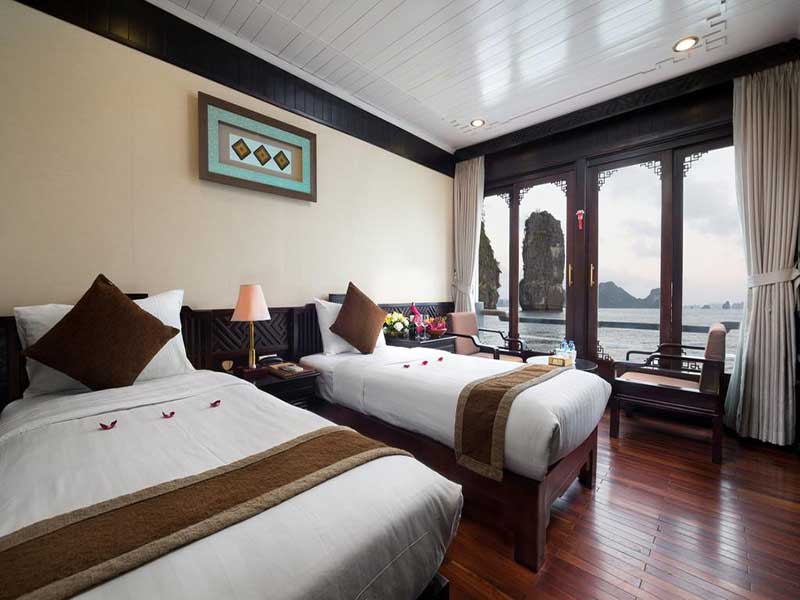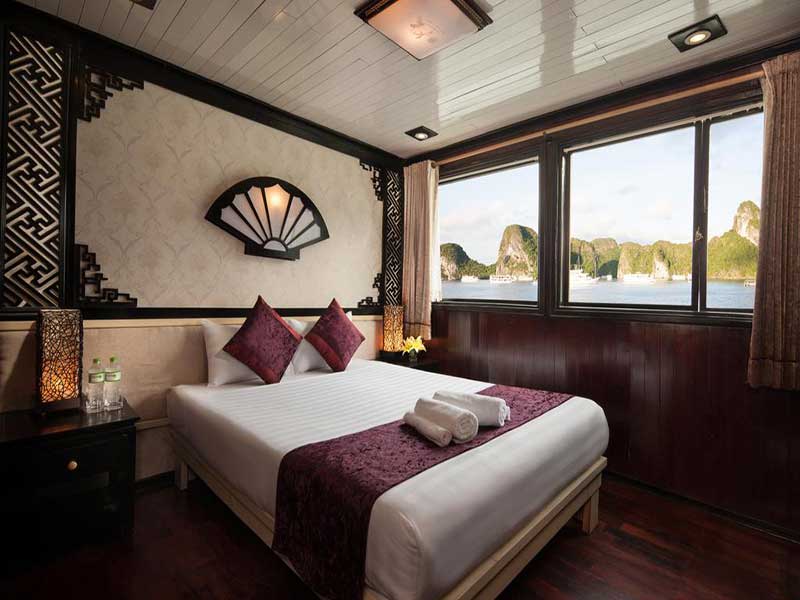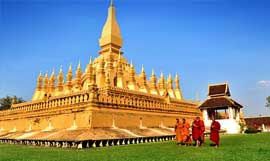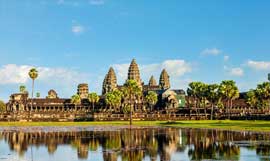Hanoi Old Quarters is a common name of a long-standing urban area of Hanoi located outside of Thang Long Imperial Citadel. It is a precious architectural heritage bearing the traditional cultural identity of the nation, which is the pride and worthiness that symbolizes the spirit of the capital of the thousand years of civilization. The “36 streets of Hanoi” is an inaccurate dialect of Hanoi Old Quarters, as “36 streets” are a way to estimate the ancient city when it has not been explored and expanded as it is today.
From 30 March 1995, the Ministry of Construction made a decision to define the range of Hanoi’s Old Quarter. Thus, now The Hanoi Old Quarters is located in Hoan Kiem District with a total area of about 100 hectares, with 76 streets in 10 wards (Hang Dao, Hang Bac, Hang Buom, Hang Bo, Hang Gai, Hang Ma, Dong Xuan, Cua Dong, Ly Thai To). As the result, because of the statement “36 streets of Hanoi”, many people might think that the Hanoi Old Quarter has 36 streets, but it has 76 streets actually.
In the past, this urban area was home for small-scale industry and commercial trade, formed the characteristic streets with particular trade, and created the distinct traditions for urban residents and the capital. Craftsmen from the ancient villages around Thang Long gathered here to sell the goods and then this area was divided into different streets according to their specialized foods and trade. Thus, the product was traded to become street names, with the word “Hang” in front, each street specializing in trading a kind of item. For example the Hang Bac is about silver product, Hang Ma is about paper product or Hang Bong is about the cotton product such as blanket and cushion. At present, there is much change on the streets of Hanoi Old Quarters while comparing to the past, some streets still retain traditional products such as Hang Ma Street, Hang Tre Street or Hang Thiec Street…; and some streets that cannot retain the traditional goods, but they also focus on selling one type of goods.
To more detail, there are the basic introductions about several typical streets in the Old Quarter below:
Hang Dong: it is located in Hang Bo ward, and from now on, this street is specializing in trading the furniture and goods that are made from copper or bronze materials. In the past, it was the only place that supplied tray, pot, pan or casserole …etc for the Thang Long citadel. After that they improved and sold the fine arts articles in bronze to decorate and now even the bronze items for worshiping such as cranes, vases, incense burners …etc.

Hang Bong: this street has this name for a few decades. By the time, this street had lots of change. It had a long period to supply the large amount of cotton for mattress dealers. Also, there have been a number of tea rooms and music venues, where artists have gathered. In the French colonial period, it had quite a lot of printers, bookstores, publishers. From the end of 20th century, it began to be home of many restaurants, fashion boutiques and hotels.
Hang Vai: In the past, a part of this street included mostly fabric shops; the fabric is mostly brown color with the width was just 2 gangs. After 1945, this street merged with Hang Cuoc Street and brought the current name. From the end of 20th century to now, it has had many shops that are specialized in bamboo product.
Hang Non: In the 1950s of the last century, Hang Non mostly sold the Chuong hat, Hue Hat with the design is neat and graceful, and several types of hat for male, too. Today, this street no longer sells its traditional product.
Hang Bac: In the past, this place was home to gold and silver mills and specialized to trade the silver and gold product such as jewelry or carving products by silver. In the French colonial period of the nineteenth century, this street is called as the street for people who want to change money. At present, there are many large shops which selling gold and silver and people also can change money here (change from Vietnamese currency to foreign currencies and vice versa).
Hang Voi: this street had many lime kilns and sold the lime in the past. However, for now, there are no longer stores to sell the lime here. Also, at the attic of 7 Hang Voi, there is a small shrine which is dedicated to King Le Loi.
Hang Tre: Previously, this street was close to the Red River, it was convenient for loading and unloading bamboo ashore, while there were many “stalls” selling bamboo so it was named Hang Tre Street. Now, it has many different business types such as restaurants, hotels, hair care … etc but no more the bamboo stalls as before.
Hang Be: this street had this name because it Hang Be was a piece of old embankment, when the current of water was still close to the foot of the embankment, people bring the wooden rafts and house materials from upstream regions to sell here; and the word “Be” (bè) refers to the rafts.

Hang Bo: this street has this name after 1945; at that time, it was home to many shops that sold many types of bamboo baskets and bamboo knitting tools. The word “Bồ” is refers to the baskets. Now, it is no longer sell the bamboo baskets, but there are many small shops that sell garment accessories and decorations for clothing such as needles, thread, buttons, stickers…etc.
Hang Mam: in the past, this street has been merged from two streets, including Hang Trung Street (which was specialized on selling eggs) and Hang Mam Street (which was specialized on selling fish sauce or shrimp). It is no longer selling any kind of fish sauce but trading in other commodities such as gravestones, pottery, earthenware, groceries, and food.
Hang Trong: it was a busy and famous street for many handicrafts such as folk paintings, drum craft, embroidery, flagpoles, parasol and hammocks. The street was populated by people from different villages, such as Lieu Thuong village (specialized for drums), Dao Xa village (specializing in parasol), and especially the Tu Thap village (one of the two famous painting mines of Bac Ha area) has made a famous painting known as Hang Trong folk paintings. Today, this street has changed and it is no longer selling many of traditional products as before.
Hang Hom: it started with people from Ha Vi village who were specialized in wooden painting, and the original items were boxes and trunks with black painting for containing the clothes or papers. Thus, this street has the name of Hang Hom, with the word “Hòm” refers to the boxes or trunks. Now, the goods/ services of this street changed and are no longer focus on selling the traditional goods as before.
Ma May: in the past, the street name was grafted from 2 streets which are Hang Ma (south section – specialized in selling paper products for funeral processions) and Hang May (northern section – specialized in selling rattan materials and rattan items). Now, it is a busy street with many businesses for tourist such as tourist offices and hotels.

Hang Buom: in the past, this street near to the banks of Red River and To Lich River, so they did the businesses that related to water and river; the main products were baskets, mats, sails, blinds and made from rattan and sedge. Now, the traditional product was disappeared, and replaced by many shops which sell various types of confectionery, melon seeds or pumpkin seeds…etc, along with the soft drinks and wine. At the Lunar New Year and Mid-Autumn Festival, this place is very busy and crowed.
Hang Ma: this is the street that has the traditional handicrafts of making paper products for ceremonies, worshipping and paper ornaments. Until now, it still retain its traditional trade as before. The business on Hang Ma Street was really crowded with the full of red color before the full moon day of the July of lunar calendar, and from the 24th of December of lunar calendar to the day 30th of Lunar New Year.
Lan Ong: This street had the previous name of Phuc Kien Street, because it was the residence area of the Chinese people who came from the Phuc Kien (Fujian) province of China. At that time, the people of Phuc Kien Street mostly traded the Chinese traditional medicine. Although there are many changes at the past, the Lan Ong Street stills the largest traditional medicines market in Hanoi.
Hang Duong: previously, this street mostly sold of various confectionaries which made from honey, cane sugar, and alum sugar. The word “Đường” is refers to the sugar. Now, there are many candy stores in Hang Duong Street, especially the delicious salted (sugared) dry apricots. Also, it is belong to the “walking streets” on the weekends evenings.









